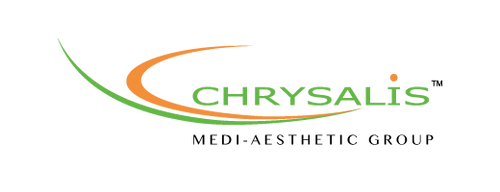
Introduction
Gua sha technique centers on using a smooth-edged tool to scrape the skin in a specific manner. The method has historical roots in East Asian wellness traditions and continues to be used today in both facial and body care contexts
Tools Commonly Used in Gua Sha
The tool used in gua sha technique is typically made of stone, ceramic, or metal. Popular materials include:
- Bian stone
- Rose quartz
- Jade
- Stainless Steel
Each material offers a different feel and weight. The shape of the tool may vary depending on whether it is used for the face or the body. Curved edges are common in facial tools, while flatter, broader surfaces are seen in tools used for the back or limbs.

Lubrication for Smooth Movement
Before using the gua sha tool, a thin layer of oil is applied to reduce friction. Common choices include:
- Jojoba oil
- Facial serums
- Massage Balms
This step helps the tool glide smoothly across the skin, minimizing surface resistance and improving overall control during the process.
Stroke Direction and Technique
In gua sha technique, strokes are generally performed in one direction. Each movement is typically repeated multiple times along a specific path. Key characteristics of the strokes include:
- Outward or upward movement for facial applications
- Longer, downward strokes for body applications
- Consistent pressure across each stroke
Different parts of the body may require adjustments in angle, direction, and stroke length.
Pressure and Sensory Feedback
Pressure control is essential in gua sha technique. The amount of force used depends on the area being treated:
- Light pressure for areas near the eyes or lips
- Medium pressure for cheeks and neck
- Deeper pressure on the shoulders, back, and thighs
Skin may show temporary redness or small marks after application, particularly on the body. This is generally part of the process and is monitored for intensity and duration.
Facial Application Details
Facial gua sha is done using slow, intentional strokes. Common regions include:
- Jawline, moving toward the ear
- Cheeks, sweeping toward the hairline
- Forehead, directing strokes upward or outward
- Under-eye area, using light and short strokes
The tool angle is typically 15 to 45 degrees relative to the skin’s surface, depending on the desired effect.
Body Application Insights
On the body, gua sha technique may involve longer and firmer strokes. This can be seen in areas such as:
- Upper back, using long downward strokes
- Arms and legs, following the direction of muscle groups
- Shoulders, using circular or cross-hatch patterns
Application methods may shift depending on the shape and contour of the targeted area.
Routine Timing and Frequency
Gua sha technique is often incorporated into weekly or daily routines. Session duration varies:
- Facial sessions: 5 to 10 minutes
- Body sessions: 10 to 20 minutes or longer
Spacing sessions according to skin or muscle response is part of maintaining an adaptable approach.
Temperature and Tool Prep
Some practitioners adjust the temperature of the gua sha tool:
- Cooling the tool before facial use to enhance skin comfort
- Slight warming for body use to aid muscle relaxation
Tool temperature may influence how the skin reacts during and after each session.
Combining Gua Sha With Other Methods
The gua sha technique is often paired with other elements of skincare or wellness routines:
- Cleansing beforehand to prepare the surface
- Applying serums to enhance glide
- Using massage or stretching after body sessions
Combination approaches may vary depending on individual preferences.
Skin’s Immediate Response
Direct responses from the skin after gua sha technique can include:
- Temporary pinkness or flushing
- Increased warmth in the treated area
- Gentle tightness or softness to the touch
Monitoring these responses can guide future session intensity and duration.
Surface and Environment Setup
A flat, comfortable surface is usually preferred for performing gua sha. Environmental factors that may support the experience include:
- Calm lighting
- Moderate room temperature
- Low ambient noise
The setting can influence focus and relaxation during the process.
Areas Requiring Extra Caution
Certain zones should be approached carefully:
- Skin with active irritation
- Areas near broken capillaries
- Areas directly over prominent bones or joints
When needed, technique adjustments such as reduced pressure or altered angles are used to navigate these zones.
Observational Tracking
Some users choose to document their gua sha technique progress. This can include:
- Visual comparisons through regular photographs
- Journaling the time and method used
- Notes on tactile changes over time
These records may support more consistent and responsive use.
Summary
The gua sha technique consists of structured strokes using a flat-edged tool along the surface of the skin. Applications differ for the face and body but share common elements of directional movement, pressure management, and surface preparation. Through regular practice and mindful observation, the technique becomes part of a broader approach to skin and muscle care.
To learn more, visit: https://chrysalis.com.sg

